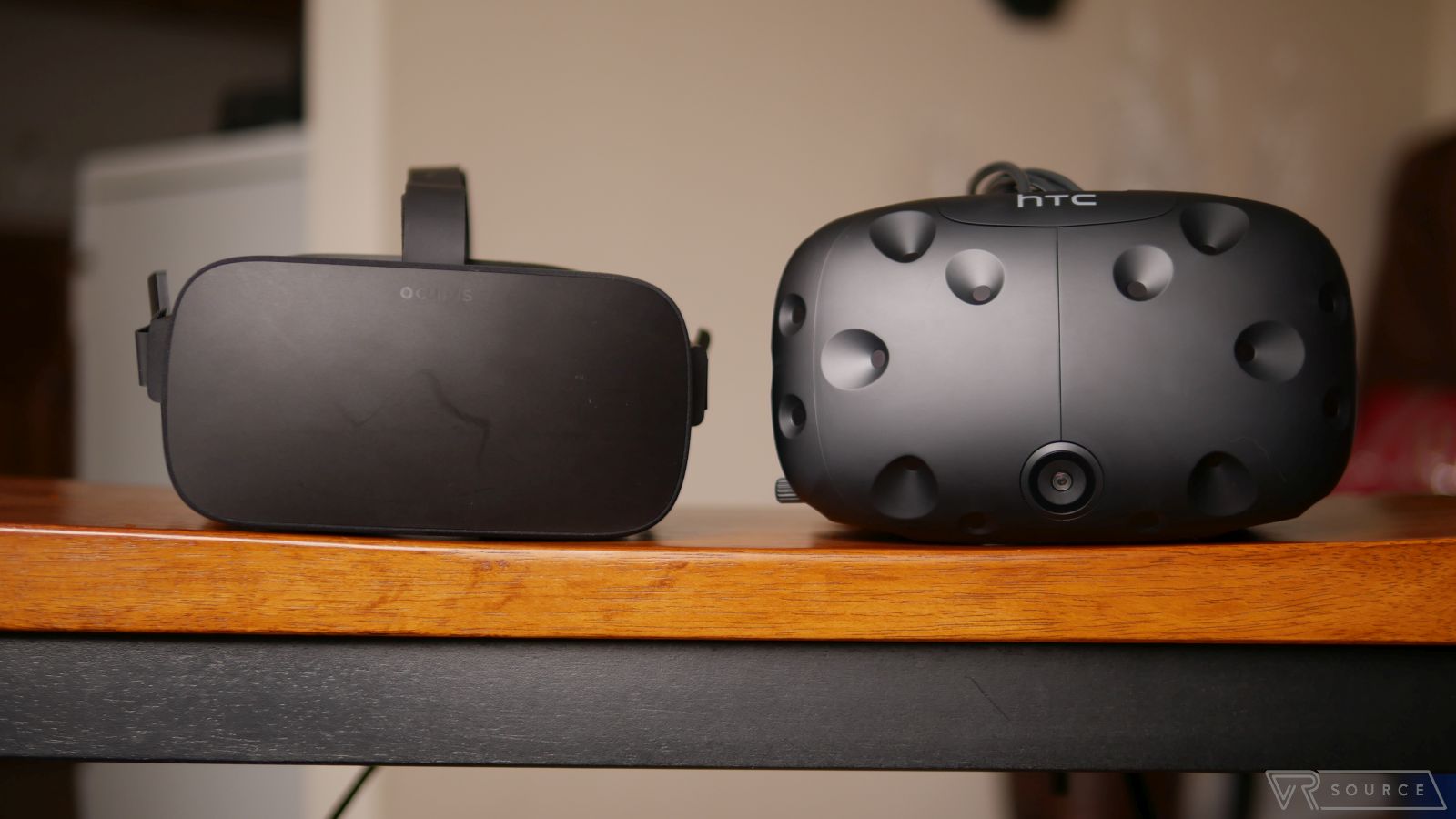
Links on VR Source may earn us a commission, Learn more.
Over the last few years, VR has taken a huge leap forward and its pretty much indistinguishable for the so-called “VR” efforts of the 80, 90s, and early 2000s. While VR has technically been around in some form for decades, modern VR is a very different animal and largely came into its own starting with the early Oculus development kits. Since then, we’ve seen the technology push its way into the hands of more consumers via mobile solutions like Google Card and Gear VR.
What if you want the best VR experiences possible, costs be damned? Right now there are three high-end VR solutions on the market. At the very most expensive end of the scale are the HTC Vive and Oculus Rift. Offering a middle ground between low-end mobile VR and high-end PC based VR is the Sony Playstation VR.
Learn more about the “big three” VR options:
- Sony Playstation VR: everything you need to know
- Oculus Rift: everything you need to know
- HTC Vive: everything you need to know
For those that are considering one of the current “big three” solutions, there’s a lot to consider including price of entry, specs, and the list goes on. Curious how they compare? We take a look at some of the key differences in this comparison of the HTC Vive vs Oculus Rift vs PlayStation VR.
Table of Contents
Hardware
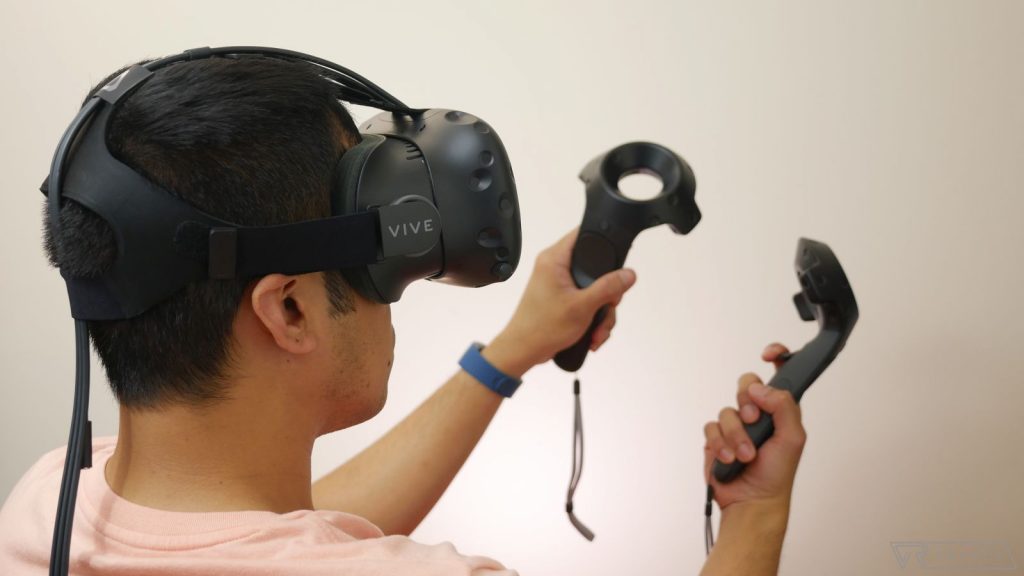
First up is the actual hardware, let’s see how they stack up against each other.
| HTC Vive | Oculus Rift | PS VR | |
|---|---|---|---|
| Resolution | 2160 x 1200 | 2160 x 1200 | 1920 x 1080 |
| Display Technology | OLED | OLED | OLED |
| Refresh Rate | 90Hz | 90Hz | 120Hz |
| Field of View | 110-degrees | 100-degrees | 100-degrees |
| Tracking | Lighthouse | 360-degree head-tracking | 6DOF head-tracking |
| Dependancy | Windows/Linux | Windows 7 or higher | Playstation 4 |
| Weight | 555 grams | 470 grams | TBC |
It’s still too early to tell the front runner in terms of hardware, as all three headsets feature very similar specs utilizing different features based on their specifications. All three VR headsets offer powerful hardware though it is worth noting that the Playstation VR’s lower resolution, and the fact that the PS4 itself is less powerful than the PC, means it is admittedly the least ‘advanced’ of the three. It’s also the cheapest, but we’ll talk a bit more about that later.
Design
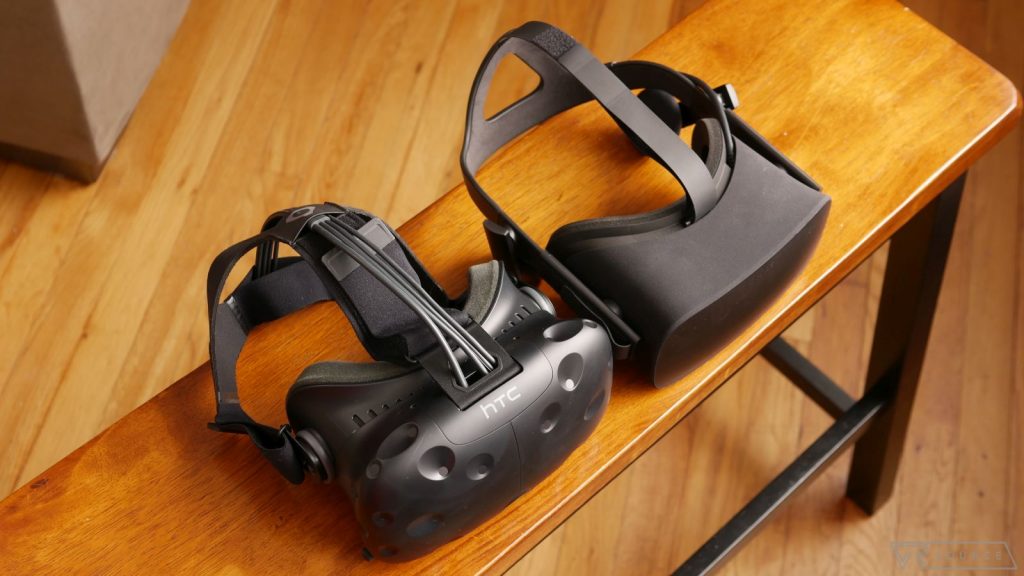
The Oculus Rift is more lightweight and compact than the HTC Vive. It features velcro straps that are easily adjustable and there is padding for the faceplate and removable headphones attached to the side of the headset. While the HTC Vive is heavier than the Rift, it is still lightweight but is a lot bulkier than the Rift.
As for the Playstation VR, it is very similar to the previous two headsets but includes a dial at the rear of the headset to help with adjusting the strap to comfortably fit your head. All VR headsets aren’t exactly pretty to look at, but it is certainly down to either the Rift or the PS VR to take the crown here on looks.
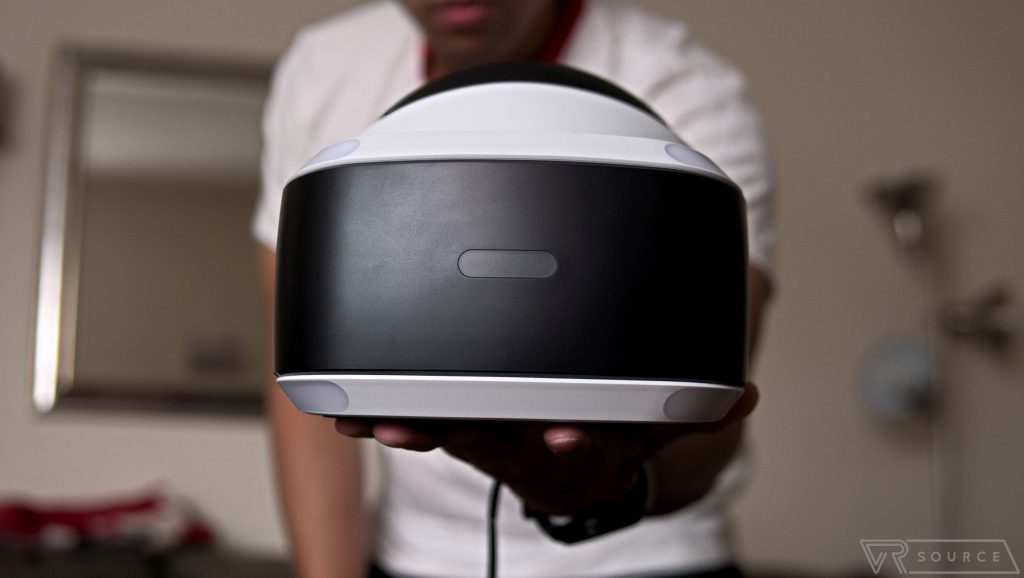
We do have to note that the HTC Vive is said to be one of the best options for those that wear glasses, as it makes it easy to adjust for ample room for your specs.
Controllers and tracking technology
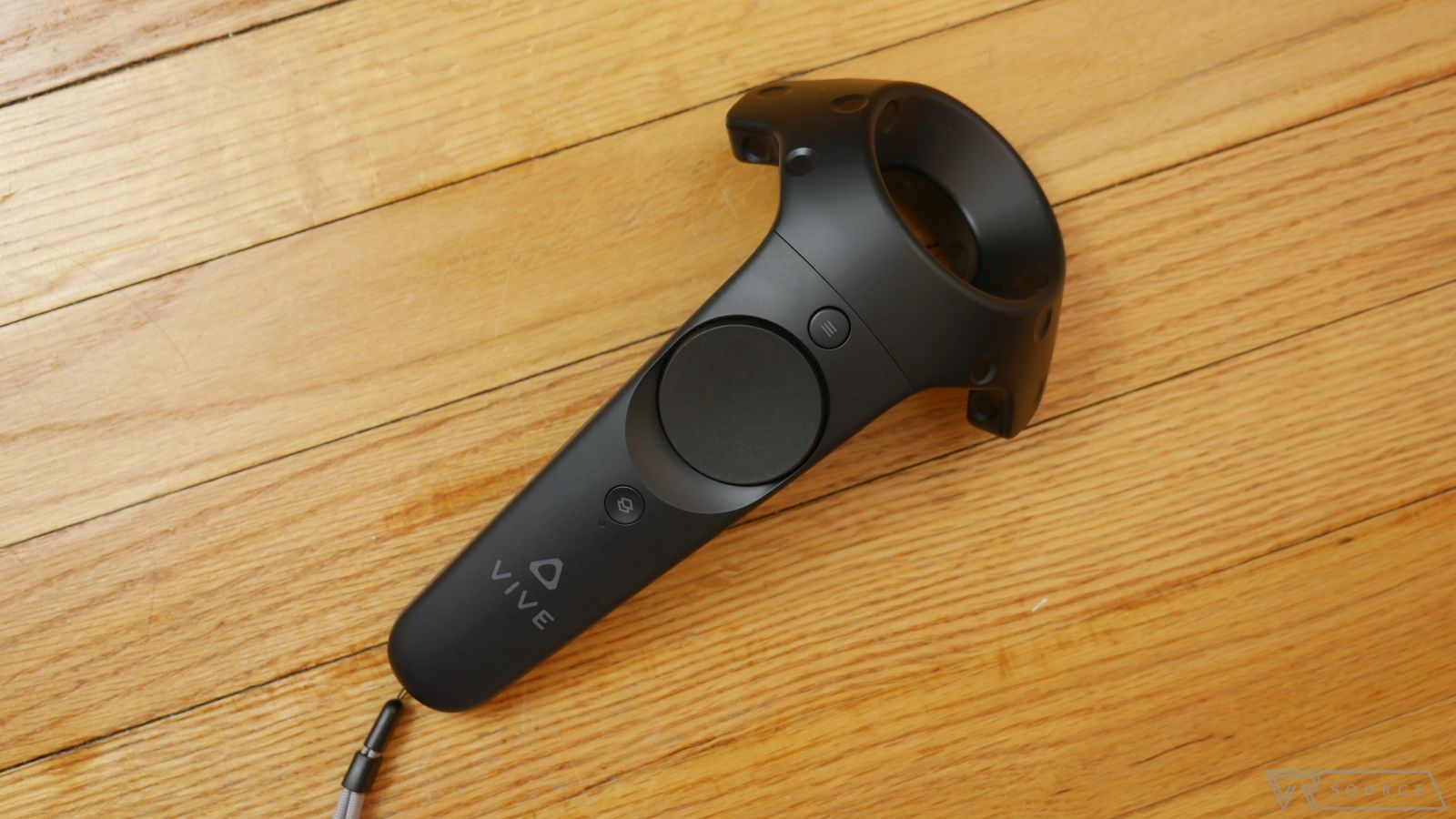
Out of the gate, HTC Vive is the only one of the big three built entirely with motion sensing controllers in mind. Sure, there are some games on Steam that let you use an optional 3rd party controller for seated play, but the vast majority utilize HTC’s uniquely designed motion controllers. It’s more than just a pair of controllers involved in this setup, however. HTC uses a unique technology called “Room Scale”, assisted by two light boxes.
These light boxes are set up around your “play space”, allowing you to walk around physically, and in turn you can manipulate the virtual world in a way that feels totally immersive: fully-standing, kneeling, jumping, dodging, and more. Again, there are some games that are designed for seated play, but the vast majority of these still use the motion controllers, just with a much more limited range of motion.
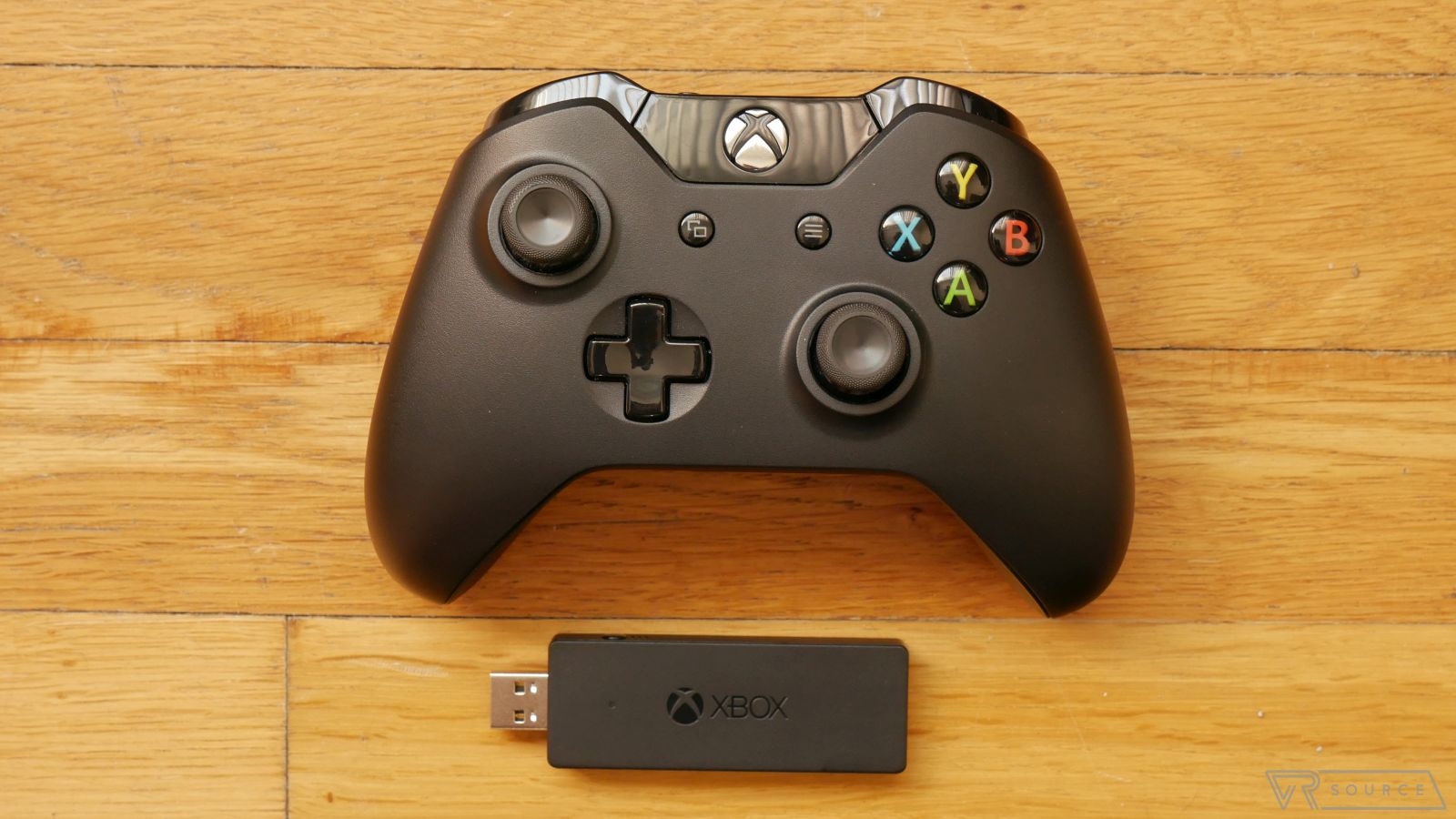
Out of the box, the Oculus Rift’s play experience is much more “traditional” than HTC’s. The vast majority of games recommend you to be seated, and even when you stand, the game itself is played with a regular ole’ Xbox One controller. This setup still allows some movement, however, as you can move your head side-to-side, as well as move forward and backward, which provides a more immersive experience than the Xbox controller could deliver on its own.
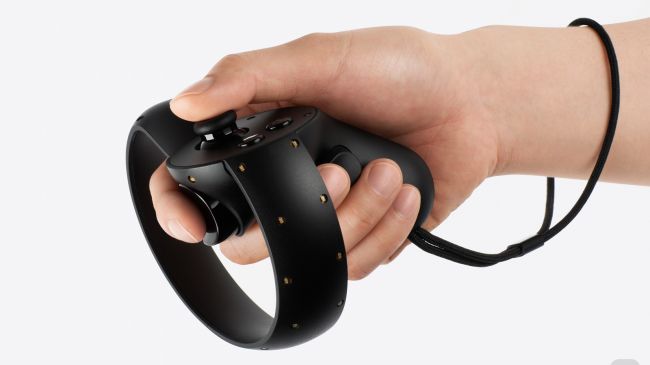
Want more motion? Don’t worry, Room Scale is actually totally possible with the Rift too — or at least it will be. The Oculus Touch controllers are on their way this December motion sensing and are designed with standing, and moving, in mind. There’s even room scale support as an option, too.
That said, if you are really excited about Room Scale, the Vive is probably the better bet here, at least into the foreseeable future, as the Vive was built from the ground up for this type of play. Still, it’s nice to have options for those that like the Rift but are looking for more ways to play games beyond just the Xbox controller. It’s also worth noting that our team agrees that the Touch controllers are much easier to learn, with a better overall feel to them — so there’s that to consider as well.
See also – Upcoming Oculus Touch games
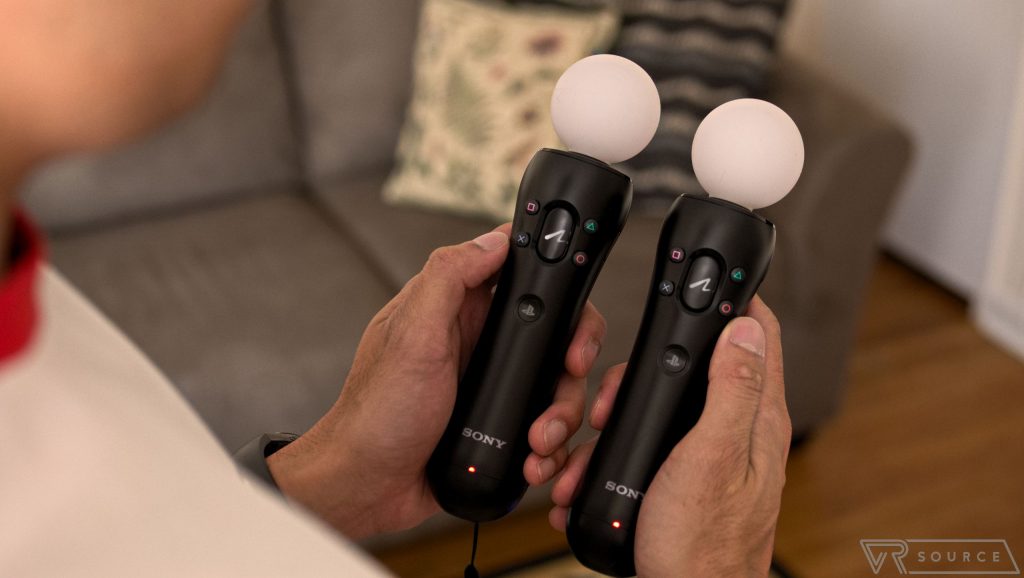
The Playstation VR relies upon the Playstation 4 for its tethered connection and consequently utilizes the DualShock controller, Move Controllers, and Playstation Camera for interacting with the virtual headset. These are sold separately or part of a PS VR launch bundle. Sony has confirmed that the vast majority of its games will work with a DualShock controller, though many of them will support Move as an optional control method. There will also be at least a few Move exclusives. Bottom-line, the Playstation VR is primarily aimed at those who want to play games seated, and even games that use motion will not use full room movements (room scale) — or at least Sony hasn’t announced any such plans yet.
Games
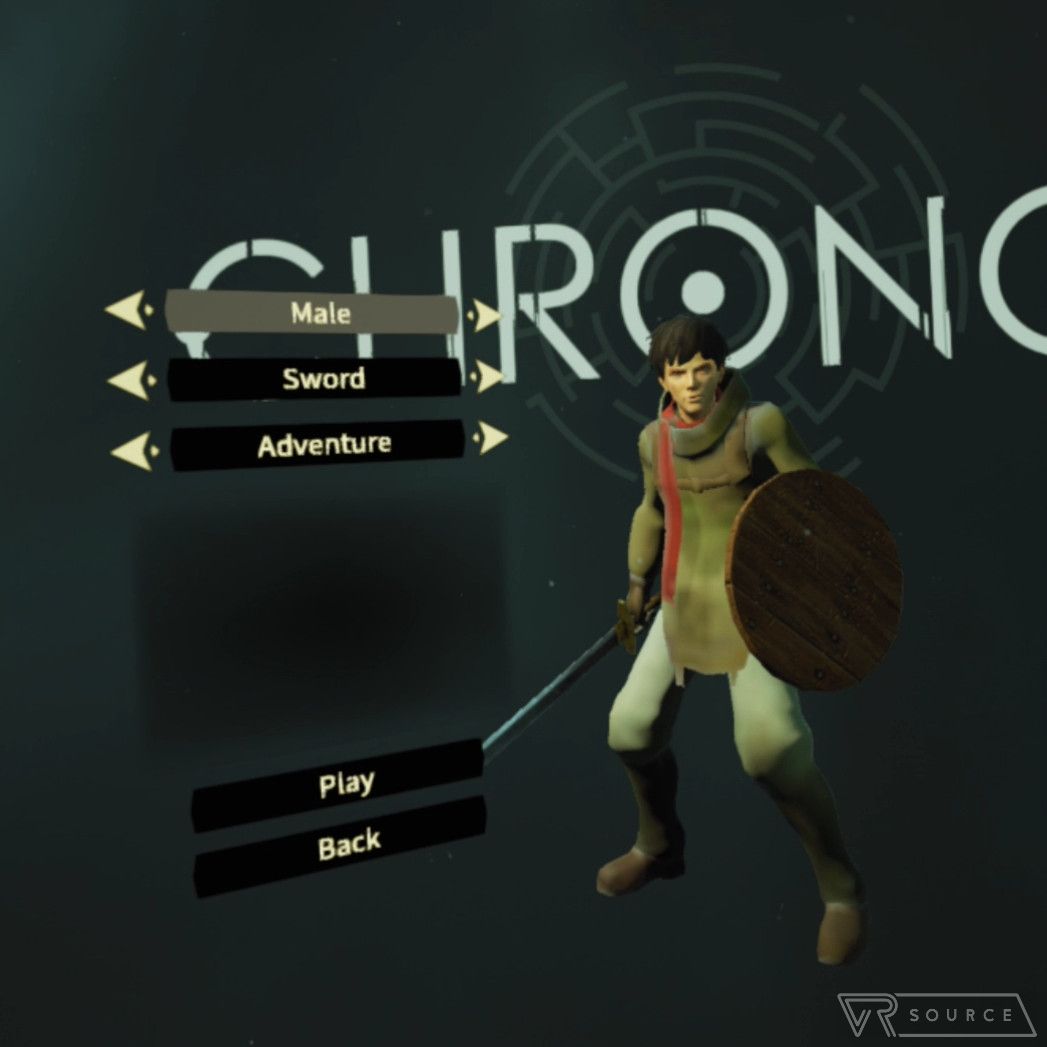
The hardware is only half the story and even the best hardware can be a huge failure if there isn’t the right games and media to utilize that hardware. Let’s be honest here, out of the three, the Sony Playstation VR seems to be set up the best in this regard. With games like Batman Arkham VR, Farpoint, and Resident Evil 7 coming down the pipe a bit down the road and a pretty solid launch library too.
Both the Oculus Rift and the HTC Vive are much more lacking when it comes to well known franchises and big name studios, but this is slowly changing. Oculus has a number of well received exclusives including Chronos, Edge of Nowhere, and more.
As for the HTC Vive? Thanks to Steam support, it actually has the largest library of VR optimized games out there. That said, Sony and Oculus have very tight control of the games that make it into its store front, while Steam is much more open in nature. That means that Steam is full of games, but you often have to dig through a lot of junk in order to find the true gems. That’s not to say there aren’t any good ones, such as Job Simulator, Vanishing Realms, Fruit Ninja VR, and many others. In 2017, the HTC Vive will also be getting support for a fully remastered VR version of Fallout 4 — one of the most anticipated VR titles on any platform.
Price
All three of the VR solutions above require pretty sizable investments, but the Playstation VR is easily be the most affordable of the three. The PlayStation VR prices at $499, with an additional $300 investment for a Playstation 4 — if you don’t own one already. That’s a total cost of around $800.
Meanwhile, the Oculus Rift cost $599.99 and HTC Vive is priced at $799. Not only are the headsets pricier, but they also require high-end PC hardware to run. At the very lowest possible end, you could probably put together a Rift/Vive compatible rig for around $600 – $700, but $1000 to $1200+ will provide you a much more enjoyable and optimized experience.
Wrap up
At the end of the day, all three platforms look solid. It’s up to you to figure out which one best matches what you’re looking for.
The HTC Vive has the advantage of allowing more immersion through its more advanced tracking system, the Rift is a close second but is a bit cheaper and has the backing of Facebook behind it, and the Playstation VR is the most affordable, and arguably the most mainstream of the options, which could help it win over greater developer support than its rivals. Which of the big three are you interested in buying? Let us know in the comments.
